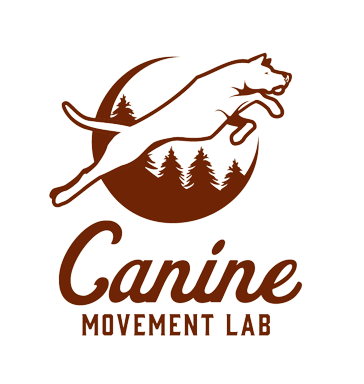Expressing Sympathetic Arousal with Resistance Feeding and Tug-of-War
“In the intensity of sympathetic mobilization your clients are looking for an organized way to use and safely discharge their energy. “
--Deb Dana, Polyvagal Exercises for Safety and Connection
Resistance Feeding:
- Allows the dog to express the “surge” of energy resulting from sympathetic arousal
- Dog pushes into the handler to discharge sympathetic energy of fight/flight/hunt
- Constructive way to channel fear, reactivity, fight drive, and even hunting instincts
Tug-of-War:
- Uses the dog’s natural instinct to bite in a playful way that regulates the dog and connects him with the handler
- Dog completes the emotional cycle by carrying or “parading” the toy, building confidence and composure while bringing down the level of arousal
- Dog returns to “neutral” and now has access to other autonomic states
Modulating the Voice and Guiding the Breath
“Breath is an autonomic action that can be intentionally manipulated and is a direct route to influencing autonomic state... When you join your clients in following their breath it becomes a co-regulating activity.”
--Deb Dana, Polyvagal Exercises for Safety and Connection
Barking:
- Expresses sympathetic arousal through vocalization, “speaking on command”
- Channels arousal to the human in a safe way, makes the dog coherent
Quiet Bark:
- Assists to down regulate and shift into ventral vagal connection
- Dog responds to emotional and physical cues to settle and communicate “gently”
Take a Breath:
- Dog turns the quiet bark into just a breath
- Dog can now take a breath on cue
Breathing Together:
- Human takes a physiological sigh (or two) in order to cue safety
- Human finds parasympathetic safety by focusing on interoception and building tolerance for awareness of bodily sensations
- Helps the dog to shift states, which builds emotional flexibility and ability to recover from stress
Combination States: Play and Collection
Personal Play:
- Dogs are open to playing when they feel a sense of safety and secure attachment
- Practicing spontaneous and creative reaction, the human activates their social engagement system
- Mirroring the dog builds a bond through an activated ventral vagal state
Collection:
- Exploring the threshold between stalking and chasing
- Dog gets physically and emotionally collected while maintaining an energized state
- Observing how the dog collects himself while pressurized encourages the human to embrace being energized but also momentarily still (and safe)
Therapeutic for Dog and Human: Exercising, Forest Bathing, and Co-Regulation through Touch
“The Right Degree of Challenge: Finding actions that stretch but don’t stress the autonomic nervous system is at the heart of shaping.”
--Deb Dana, Polyvagal Exercises for Safety and Connection
Aerobic Exercise:
- Walking, running, or canine resistance training for healthy activation of the sympathetic nervous system
- Experiencing the intensity of increased heart rate and breathing but in a safe way, which creates feelings of exhilaration while also remaining under threshold and in control
Walking in the Woods:
- Finding quiet places to walk, ground, swim, and connect in safety
- More challenging hikes develop stamina, balance, and proprioception, thereby building resilience for physical (and emotional) stress
Touch Without Talk:
- Giving massage to find the parasympathetic state
- Seeing your dog as an emotional mirror to monitor your own autonomic state
- Can you use “quiet hands” to put your dog in a totally relaxed state? She may even fall asleep!

